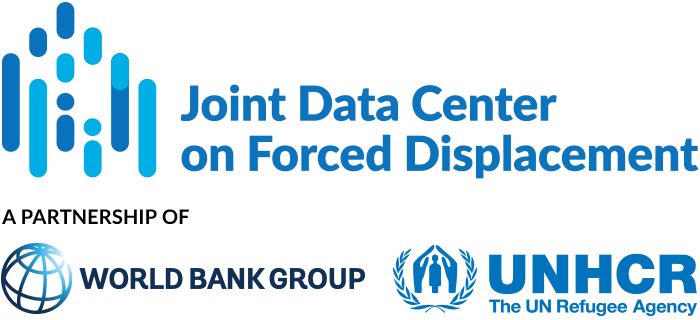This paper investigates the impact of a community-based field experiment designed to promote the social integration of internally displaced persons (IDPs) into the local community in Pemba, the capital of Cabo Delgado, northern Mozambique. Since October 2017, an Islamist insurgency in Cabo Delgado has displaced over one million people, approximately 40 percent of the province’s population, with 140,000 IDPs now residing in Pemba, a city that previously had a population of 200,000. This massive population increase has generated significant friction between IDPs and local hosts.
The author conducted a baseline survey using a mixed-methods approach, combining quantitative and qualitative data collection to assess the initial conditions and attitudes of both IDPs and local hosts in Pemba. The baseline sample included 415 locals from Pemba and 498 IDPs, totaling 913 individuals. The survey included structured interviews with a representative sample of participants, focusing on their demographic characteristics, social interactions, perceptions of each other, and experiences related to the insurgency and displacement. The findings revealed significant mistrust and prejudice between the two groups. Locals exhibited reduced tolerance for IDPs in their neighborhoods and often held negative beliefs about them, while IDPs reported diminished trust in locals and perceptions of receiving inferior treatment by both locals and neighborhood authorities.
A random sample of IDPs and local hosts were assigned to half-day community meetings with 8 to 10 participants, moderated by a local leader and following a predefined public dialogue protocol. The main objectives were to reduce prejudice and promote social integration by providing a forum to discuss the displacement situation, share experiences, and explore future options. A variety of outcome measurements were used to assess the effects of the meetings, including surveys, lab-in-the-field games, and list experiments.
Main findings:
- Community meetings had positive effects on social integration in the short term (2–3 days after the intervention). Community meetings had positive effects on social integration. Locals who participated became more tolerant of IDPs staying in their neighborhoods, with an 11.5 percent increase in tolerance. However, this effect did not persist in the medium term. There were no short-term effects on locals’ beliefs, trust, and discrimination against IDPs.
- In the medium term (2–3 months after the intervention), community meetings led to a positive shift in locals’ empathy toward IDPs across all assessed outcomes, including positive beliefs, trust, and discrimination. Specifically, there was a 9.2 percent decrease in associations of IDPs with insecurity and worse living conditions, a 10.1 percent increase in trust in IDPs, and a 16.6 percent decrease in discrimination against IDPs.
- The community meetings produced heterogenous effects based on locals’ baseline views of IDPs. The short-term improvement in tolerance was driven by locals with more negative baseline views, while the positive shift in beliefs about IDPs in the medium term was driven by locals with more positive baseline views.
- Community meetings had positive effects on social integration among IDPs. Community meetings led to significant short-term improvements in IDPs’ sense of belonging (21 percent increase) and trust in local hosts (15 percent increase), with these effects persisting in the medium term (19 percent and 16 percent, respectively). Their sense of discrimination decreased by 15 percent in the short term, though this effect did not persist in the medium term. Additionally, IDPs reported an 8 percent increase in involvement in the civic life of host neighborhoods shortly after the intervention, although this effect did not persist in the medium term. These improvements in social integration were primarily driven by IDPs who felt more marginalized before the intervention.
- Community meetings increased monetary contributions in a public goods game among locals in the medium term, suggesting increased prosocial behavior towards both IDPs and locals. No such effect was found among IDPs.
- Community meetings significantly increased the intensity of social networks within the treatment cohorts, primarily reinforcing pre-existing relationships rather than creating new ones. This effect was more pronounced and persistent among locals than IDPs.
These findings underscore the importance of intergroup contact in promoting social cohesion in conflict-affected settings. The study demonstrates that even brief, well-structured intergroup interactions can have positive effects on social cohesion, persisting for at least 2–3 months. Community meetings significantly improved locals’ tolerance, beliefs, and attitudes toward IDPs, while also enhancing the social integration of IDPs. These positive outcomes are likely driven by shifts in beliefs and the formation of social networks among both groups. The author suggests that community meetings can serve as an effective, low-cost strategy to integrate forcibly displaced individuals in areas with limited state capacity, where more resource-intensive interventions may be unfeasible.


